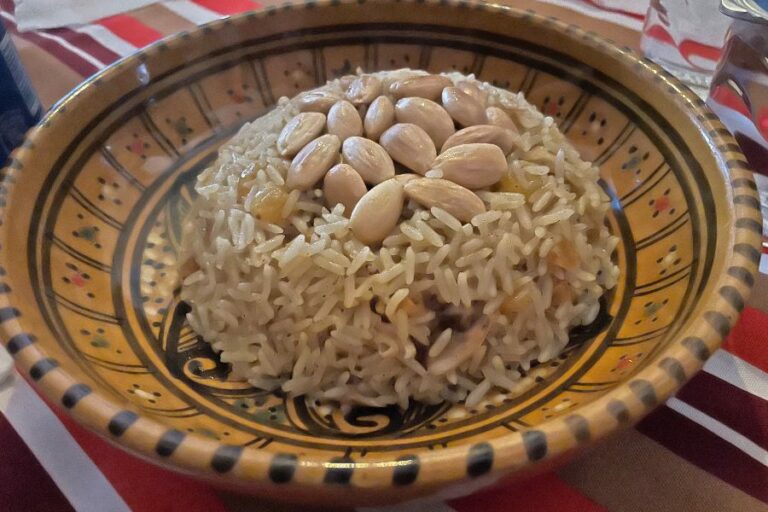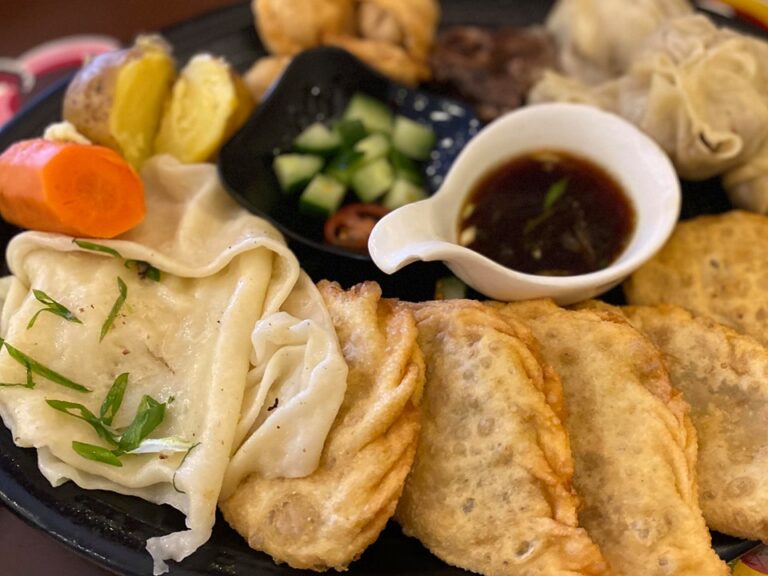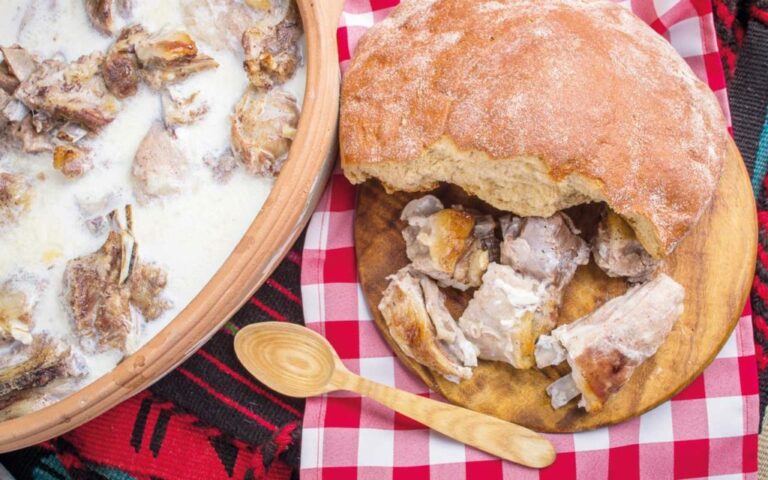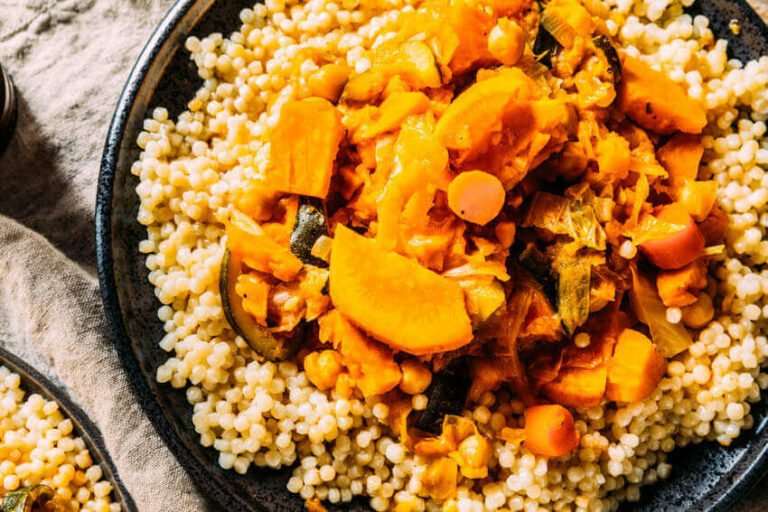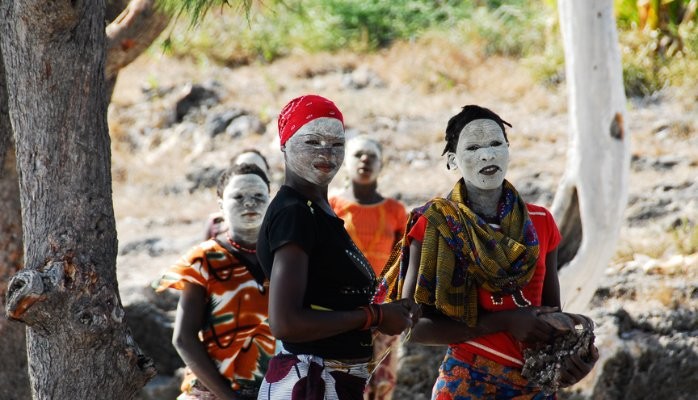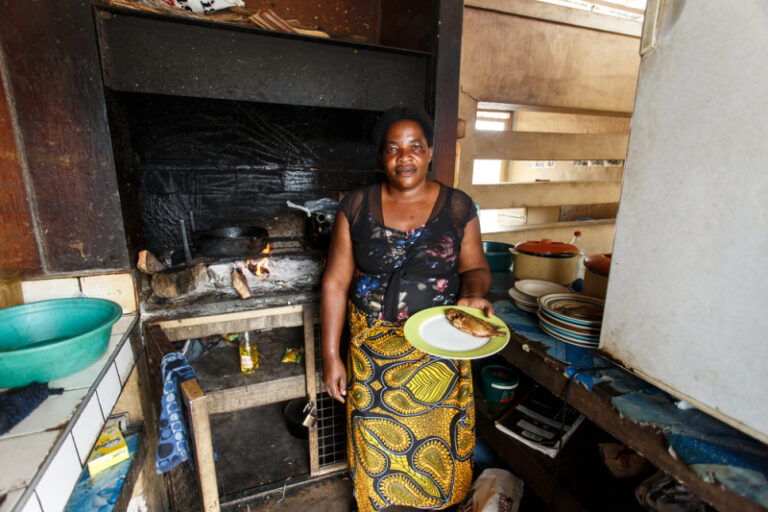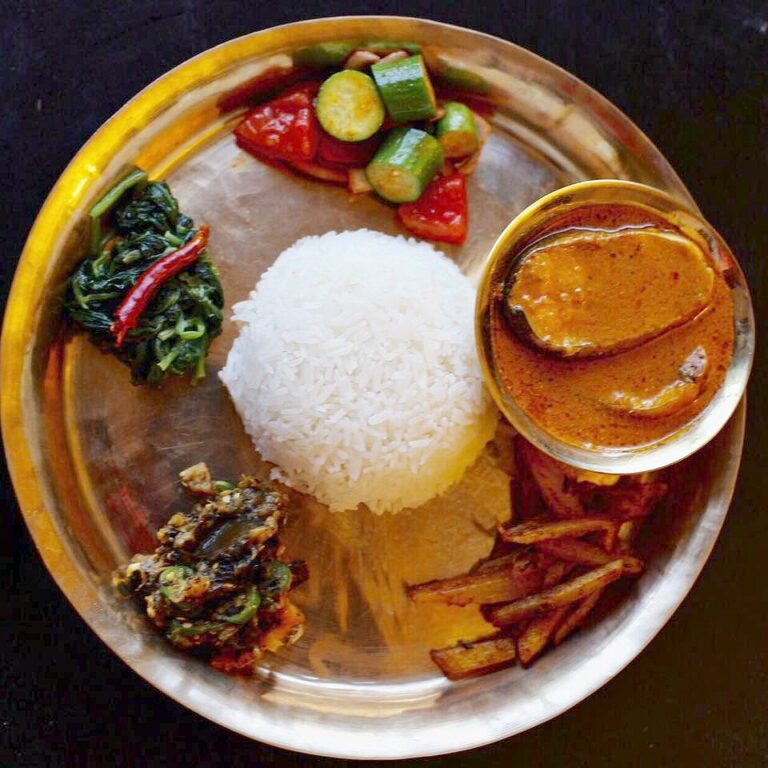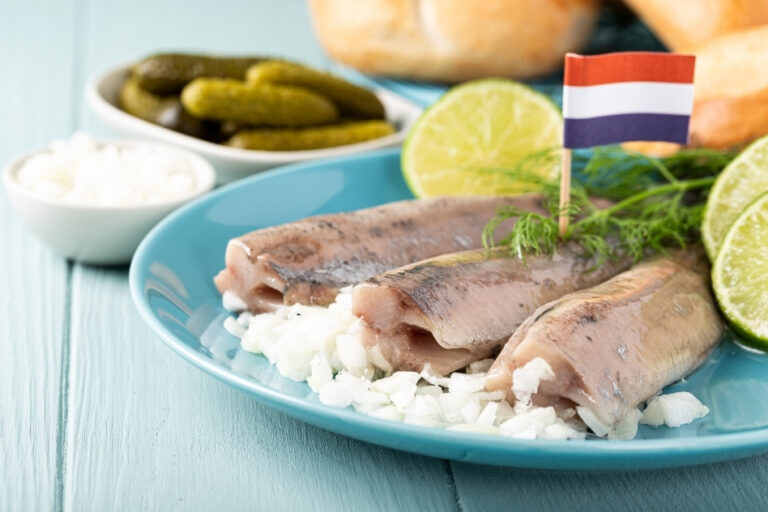Introduction: Understanding Liberian Culture
Liberia is a country located in West Africa, with a population that comprises more than 16 ethnic groups, each with their unique customs and traditions. The country’s culture is heavily influenced by its history of colonization by freed American slaves in the 19th century. The culture is also enriched with various African traditions and practices. Cuisine plays a significant role in Liberian culture, with communal dining and sharing meals being a crucial aspect of everyday life.
The Importance of Communal Dining in Liberian Culture
Communal dining is a crucial aspect of Liberian culture, with meals serving as a way of bringing people together. It is common for Liberians to share meals with extended family members, friends, neighbors, and even strangers. Sharing meals not only fosters social connections but also reinforces cultural values. The act of offering food to others is seen as a display of hospitality, respect, and generosity.
The Role of Food in Liberian Social Gatherings
Food plays a central role in Liberian social gatherings, including weddings, funerals, and religious events. These occasions are typically marked by large communal feasts, where everyone contributes to the preparation of food. The preparation of food for such events is seen as a form of community service, and it is not uncommon for people to volunteer to help with cooking and serving.
Cultural Significance of Sharing Meals in Liberia
Sharing meals is deeply ingrained in Liberian culture, with many traditional beliefs and customs attached to it. For instance, it is believed that sharing food with someone can create a bond and foster a sense of belonging. Additionally, the sharing of food is seen as a way of promoting unity and solidarity within the community.
Traditional Liberian Dishes and Their Relevance to Communal Dining
Traditional Liberian dishes, such as jollof rice, cassava leaf, and fufu, are often served during communal dining events. These dishes hold cultural significance and are often prepared with traditional cooking methods and ingredients. The preparation and sharing of these dishes serve as a way of preserving Liberian culture and promoting social bonds.
Conclusion: Reflecting on Liberian Communal Dining Practices
Communal dining and sharing meals are essential aspects of Liberian culture. It serves as a way of bringing people together, fostering social connections, promoting cultural values, and preserving traditions. The practice of communal dining should be celebrated and promoted as an integral part of Liberian culture.


